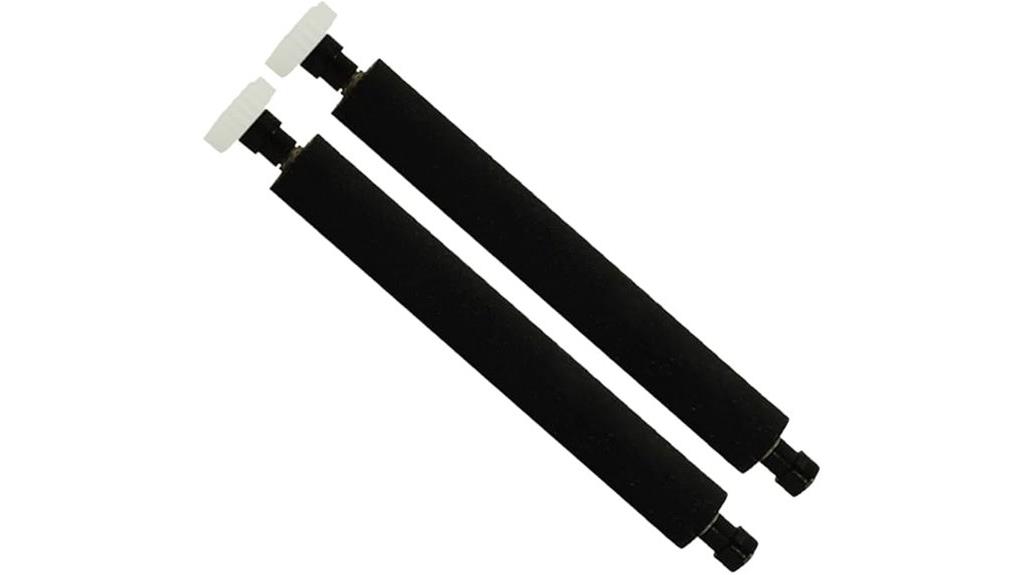When I first encountered the Clover Flex Printer Roller, I was intrigued by its potential to enhance handheld payment terminals. This component seemed essential for maintaining the efficiency of transactions. I noticed its sturdy design and compatibility with various POS printers, which piqued my interest further. But what really caught my attention were the maintenance aspects. Let’s explore how this roller can truly impact your payment processing experience.
Overview of Clover Flex Printer Roller
When it comes to keeping your Clover Flex Printer running smoothly, the Clover Flex Printer Roller is a must-have accessory.
I’ve found that this roller, specifically designed for handheld payment terminals, guarantees my printer performs at its finest. Made from durable rubber and metal, it’s built to last and withstand daily use.
It’s compatible with the Z line Z8, Z9, and Z11 POS printers, making it versatile for different setups. With a white gear roller featuring 21 gear numbers, it’s an essential replacement that assures peak functionality.
Trust me, investing in this roller makes a noticeable difference in printer performance.
Key Features and Benefits
The Clover Flex Printer Roller boasts several key features that markedly enhance its performance and reliability.
I appreciate how these elements contribute to a smoother transaction process, making my experience more efficient.
Here are three standout benefits:
- Durable Material: Made from robust rubber and metal, it guarantees longevity and consistent performance.
- Optimal Functionality: The white gear roller with 21 gear numbers is designed for seamless compatibility, minimizing downtime.
- Essential Maintenance: Regularly using this roller keeps my Clover Flex Printer running efficiently, which is vital for quick payment processing.
With these features, I feel confident in my printer’s performance.
Installation and Maintenance Tips
Maintaining the performance of my Clover Flex Printer is straightforward, especially with the right installation and upkeep practices.
First, when installing the new roller, I make certain to power off the printer and gently remove the old roller. Then, I align the new roller correctly and secure it in place.
Regularly checking for paper jams and cleaning the printer with a soft cloth helps keep everything running smoothly. I also replace the roller every few months or as needed to guarantee top performance.
Following these simple steps has really helped me avoid issues during busy transaction times.

